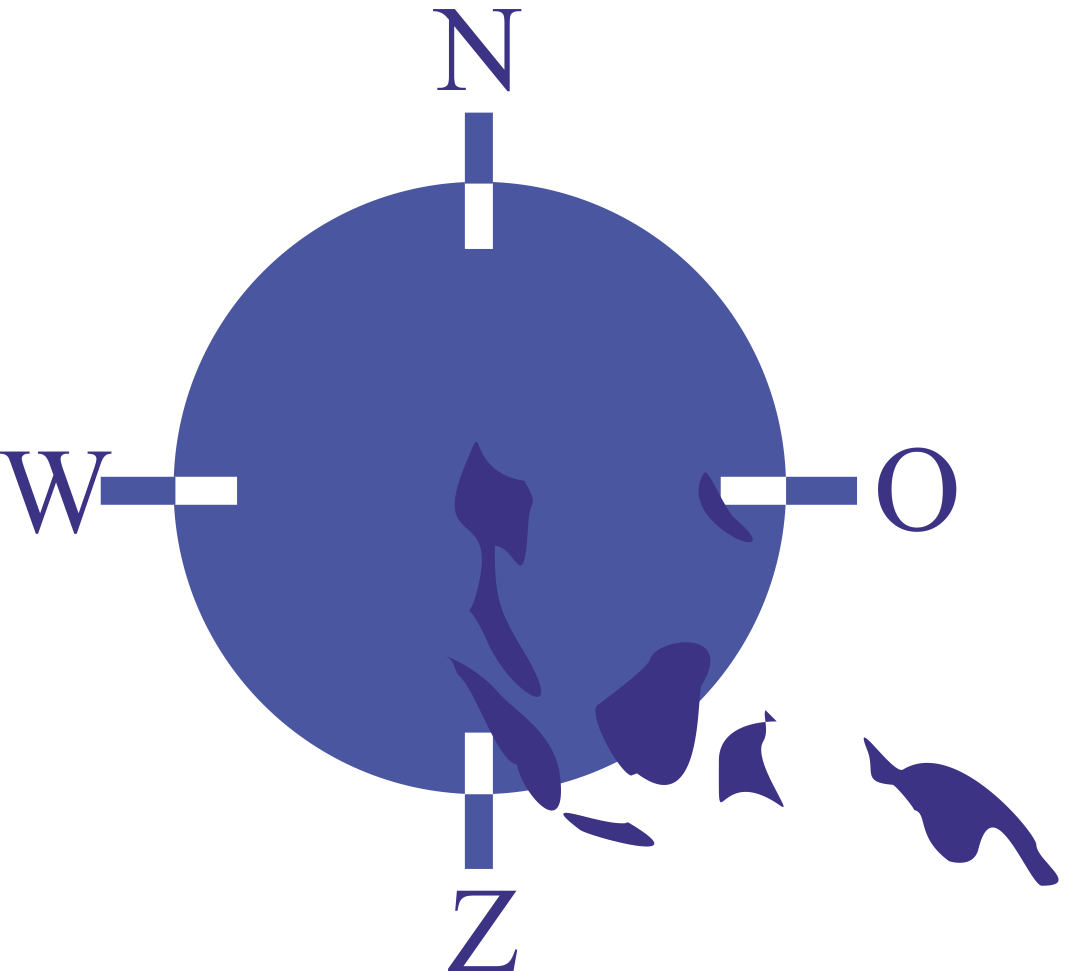Verheij became the driving force behind the Indies monument
Verheij became the driving force behind the Indies monument, A committee under his chairmanship consulted ‘Indies’ organisations. Their positive reactions as well as a similar ministerial reply to a first announcement of the project in January 1986 certainly stimulated the plans. In August 1986 the Indies Monument Foundation launched its activities officially. It aimed at a monument ‘of national style’ in The Hague – a subtle formulation since the National Monument stood on the Darn. Its funds came from different sources, private as well as official. The Indies community was addressed successfully through one of the media organisations, AVROTTelevizier. It collected 125,000 guilders in a few months. The Resistance reacted favourably to the claim of solidarity. Industry and lottery funds were a third donor, while the Ministry of WVC contributed a guilder for each guilder collected up to a maximum of 150,000 guilders.
The broad social and political acknowledgement of the Indies war monument found its clearest expression in the membership of the committee of recommendation, which included the Prime Minister, the two chairmen of the parliament, chairpersons of resistance organisations, and so on. National consensus was beyond doubt. Only a few critics raised their voices. In the Indies journal Moesson, for instance, a member of the postwar Indies generation claimed a ‘Dutch East Indies monument’ in honour of the colonial period as a whole.84 For ‘the Indies’ was more than war, and recognition should mean more than a recognition of war suffering. His criticism was ignored.
The monument itself had to be recognisable for at least four groups: members of the armed forces, women and children, prisoners of war, and people with an Indies (Eurasian) background. Selection criteria should be the aesthetic and traditional/non-abstract qualities of the design. After announcements in art journals and various rounds of selection, the design by the Dutch sculptor Jaroslawa Dankowa (of Bulgarian origin) was chosen. Her design of 17 bronze figures around a bier in front of a woven fence represented the many faces of suffering, the pain and protest of different generations. With death at the centre, it moved to liberation at both sides. The number of figures left enough space for personal interpretation. A few Indies touches were added to the first design, like the map of Indonesia, a text: ‘The spirit overcomes’, and a small triangle pillar, on which victims from alle population groups were mentioned as well as the symbolic value of the monument: sign of sorrow and symbol of struggle against terror. The monument was unveiled by Queen Beatrix at the commemoration on 15 August 1988. It was not exclusively Dutch or Indies anymore. At yearly commemorations, the most heavily afflicted groups of Indonesian victims, Indonesian romushas, would be remembered.
That memories of the 1941-1945 period and the 1945-1949 period had been separated successfully was clear from the start. At approximately the same time, former Dutch conscripts in Roermond (Limburg) who were now in their sixties started a campaign for a military
84 Ralph Boekholt, ‘Een monument voor Indie’, Moes5on, 19-1988,4-5.
